Crew 207 Operations Report 24 Mar 2019
SOL: 8
Name of person filing report: Tom Baldwin
Non-nominal systems: Generator: Radiator hoses and alternator need replacement on the generator. A contractor has been arranged to make these repairs within a few days.
Generator
Generator (hours run): 11 hours
Generator was turned off at 8am, SOC 67 %
Diesel Reading – 50 %
Propane Reading – 61 %
Ethanol Free Gasoline – 2 gallons.
Water (auxiliary tank) – Not in use
Water (static tank) – 210 gallons (replenished by David)
Auxiliary to Static tank transfer– Not applicable
Gallons transferred: Not Applicable
Water in Green Hab – 142 gallons
Water (loft) – Static to Loft Pump used – yes
Water Meter: 142050.1 gallons
Toilet tank emptied: No
Deimos rover used: No, not functional
Hours: N/A
Beginning charge: N/A
Ending charge: N/A
Currently charging: N/A
Sojourner rover used: ASSIGNED TO DIRECTOR
Hours: Not applicable
Beginning charge: Not applicable
Ending charge: Not applicable
Currently charging: Not applicable
Spirit rover used: Not used
Hours: 85.1 hours
Beginning charge: 100 %
Ending charge: 100 %
Currently charging: Yes
Opportunity rover used: Not used
Hours:54.9hours
Beginning charge: 100 %
Ending charge: 95 %
Currently charging: Yes (now 100%)
Curiosity rover used: Used
Hours: 84.7 hours
Beginning charge: 100 %
Ending charge: 97 %
Currently charging: Yes (now 100%)
Notes on rovers: not used
ATV’s Used: (Honda, 300, 350.1, 350.2, 350.3): N/A
Reason for use: Not used
Oil Added?: N/A
ATV Fuel Used: N7A
# Hours the ATVs were Used today: None
Notes on ATVs: None
HabCar : None.
CrewCar used and why, where? Not used
General notes and comments: Nothing to report
Summary of internet: Nothing to report
Summary of suits and radios: EVA suits normal, with all batteries greater than 13 volts,
Summary of Hab operations: Checked SOC of electrical system.
09:00 66%, generator off. Reported to David.
10:20 63%, generator off. Reported to David.
14:30 55% generator on. Reported to David.
15:20 Power failure. Reported to David
15:35 Power restored
15:55 55%, generator off.
16:55 48%, generator off
17:20 44% generator on
19:00 46% generator on
Summary of Green Hab operations: Nothing to report
Summary of ScienceDome operations: Nothing to report
Summary of RAM operations: Nothing to report
Summary of any observatory issues: Nothing to report
Questions, concerns and requests to Mission Support: None.


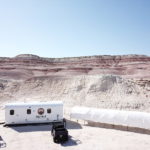
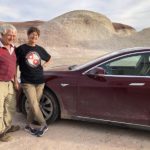


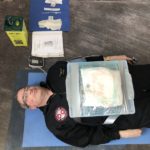


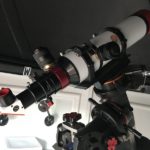

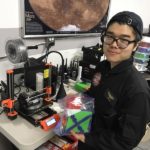
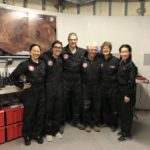
You must be logged in to post a comment.